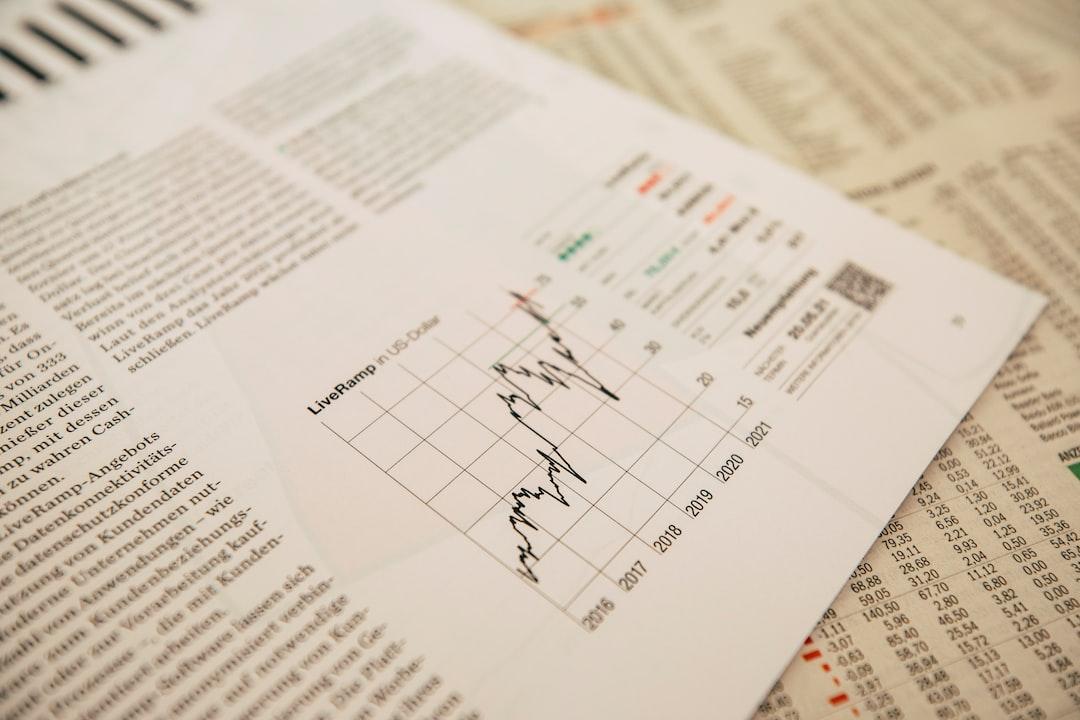Solana’s ecosystem is heating up, with the meme coin BONK creating a surge in the market. Behind it is the market maker Gotbit, which holds some secrets.
Recently, there has been a significant increase in meme projects within Solana’s ecosystem, such as Silly Dragon and Knob. Especially noteworthy is the first “dog” token on the Solana ecosystem, BONK, which has increased nearly 180 times in the past two months. At one point, its market value exceeded $1 billion, ranking it third in the meme sector, only behind DOGE and SHIB. It has also successfully listed on top exchanges Coinbase and Binance.
But what is the secret behind the market maker Gotbit, which is behind Bonk? In addition to BONK, which other projects does Gotbit provide market-making services for? Based on market information and discussions with industry participants, Odaily Planet Daily reveals the development history of Gotbit, a market maker for meme tokens, and explores its market-making strategies.
Gotbit has been providing market-making services since the previous bull market. However, because the team is mainly based in Europe and focuses on European projects, they were not well-known in other regions. It was only recently, with the meteoric rise of Bonk, that Gotbit gained recognition and became a popular choice for project teams looking for market makers.
Traditional market makers mostly rely on market sentiment to support token supply and demand. Token price increases are not closely related to market makers and mainly depend on major positive news or bullish market sentiment. In the early days, Gotbit also followed a traditional market maker style, mainly providing liquidity to the market and charging corresponding fees to project teams and spreads during trading.
Nowadays, Gotbit adopts a more popular proactive market maker style, where they collaborate with project teams to jointly profit from the secondary market. This style involves acquiring tokens from the project team during the project’s low period and supporting the “pump” at key points when there is positive news or a rising market, and then selling at high points.
Gotbit has a particular interest in meme tokens this year, and the meme token project must be a real project, as emphasized by Gotbit’s founder and CEO, Alex Andryunin. Based on past experiences, it seems that Gotbit has been “dumped” by unknown meme project teams for 500 SOL tokens.
Why does Gotbit have a fondness for meme tokens? There are three reasons:
1. Meme tokens’ easy price surges often lead to FOMO sentiment in the market, attracting retail investors.
2. Meme tokens are easy to ride on hot trends, taking inspiration from Musk and Dogecoin.
3. Meme tokens do not have strong opposition for Gotbit, as project teams are often allies.
Currently, Gotbit provides market-making services not only for Bonk but also for Solana’s reverse meme token analos and Bonk’s reverse Knob. Analos has already surged 3,800 times in less than a week, and Gotbit has announced its investment in analos, indicating the potential for further development. Knob also recently announced its partnership with Gotbit, and its future development is highly anticipated.
However, opinions about Gotbit on social media are mixed. On-chain detective ZachXBT has expressed caution about any project collaborating with the market maker Gotbit Hedge Fund. He has also shared a report that provides insights into Gotbit’s trading practices. According to the shared images, in the initial minutes of price discovery, Gotbit pushes the price up by 10 times to create FOMO and accumulate buying power as much as possible, and then sells a large amount of tokens during subsequent price surges. Within the first 12 hours of trading, the goal is to quickly profit from existing arbitrage opportunities. The target trading volume on launch day is over $50 million, generated through trading system-generated free tokens on centralized exchanges. The goal is to reach a 20 times ATH within the initial peak and a 25 times ATH within the first month of trading.
The materials provided by ZachXBT confirm the proactive market maker style mentioned earlier. Gotbit’s market-making strategy focuses on profit, achieved by pushing up token prices and selling at high points.
Gotbit’s market-making style is sweeping through the crypto market. Through discussions with market maker practitioners, it is evident that more market makers with a similar proactive style, like Gotbit, are emerging.
Market makers in the market can generally be classified into three types:
1. Passive market makers, who provide liquidity to project teams. Their market-making strategies mostly involve loans and call options. They are more suitable for markets with sufficient liquidity. GSR and Wintermute are examples of passive market makers.
2. Market makers between passive and proactive, who invest in OTC with low-priced tokens and then sell them on the secondary market. These market makers are more active during bear markets. DWF is an example of this type.
3. Proactive market makers, who collaborate with project teams based on the project’s actual situation. They typically get involved before listing on exchanges and profit from the secondary market, redistributing the profits. Gotbit is an example of a proactive market maker.
Similar to DWF, market makers with proactive styles have become more known and are favored by smaller projects or projects that have not yet launched. The surge in token prices brings more attention to the projects, boosting their popularity.
However, for traders in the market, the strategies of proactive market makers can lead to a short-term surge in a specific token, triggering FOMO sentiment and hasty trading decisions. Investors are reminded to invest rationally and avoid blindly chasing price increases.
Related Reports:
-Stablecoin Invasion in the Solana Ecosystem: Will Paxos’ USDP Explode?
-Majidage, Holy Stone Rush to Buy Froganas! Floor Price Surpasses 15 SOL, Becoming the Hottest NFT in Solana
-Solana’s Biggest Ticking Bomb? SEC Calls Out SOL as an Unregistered Security


